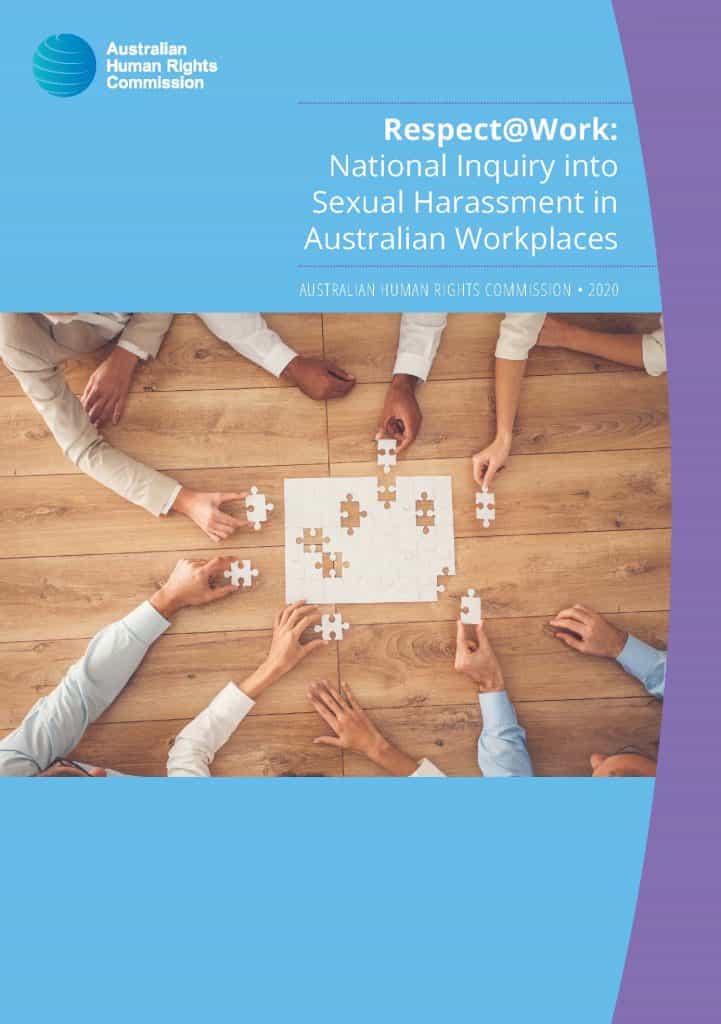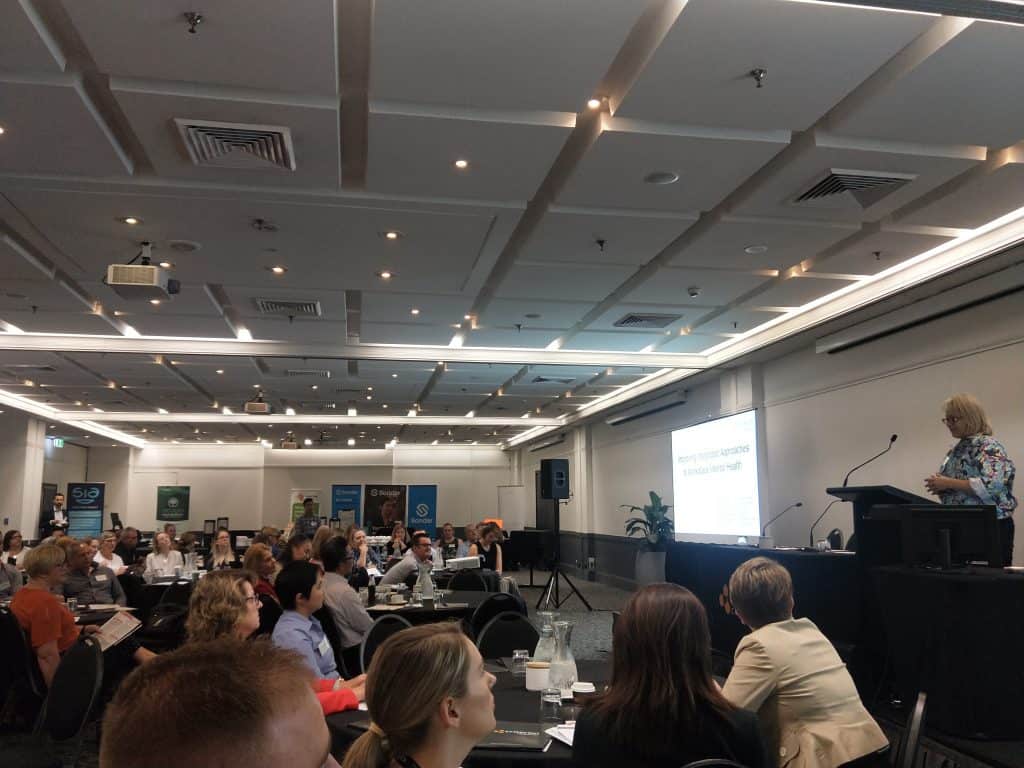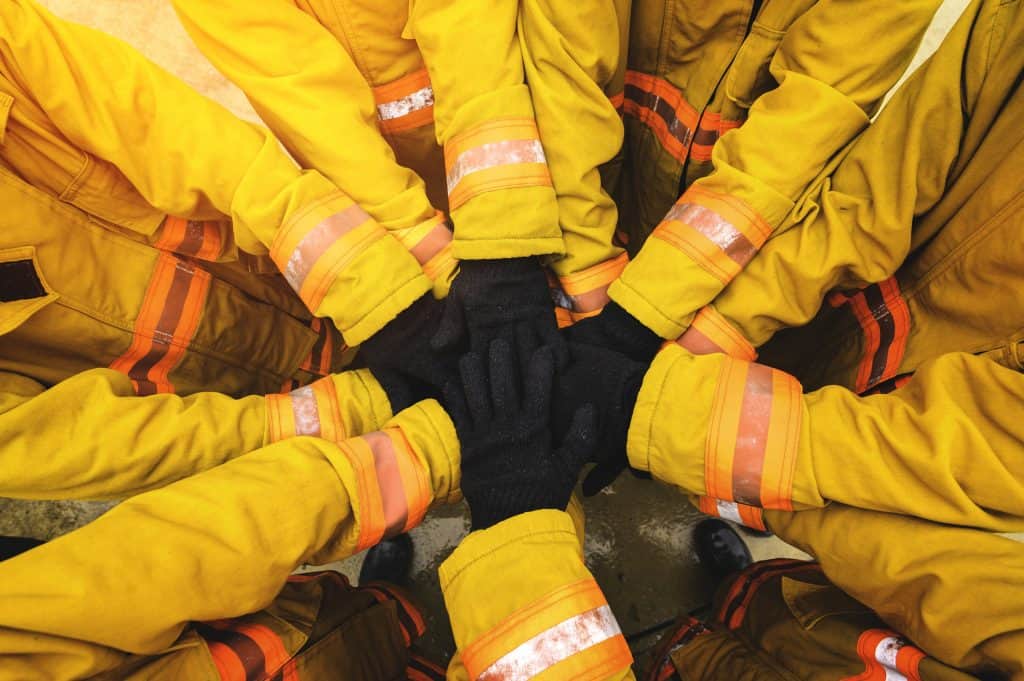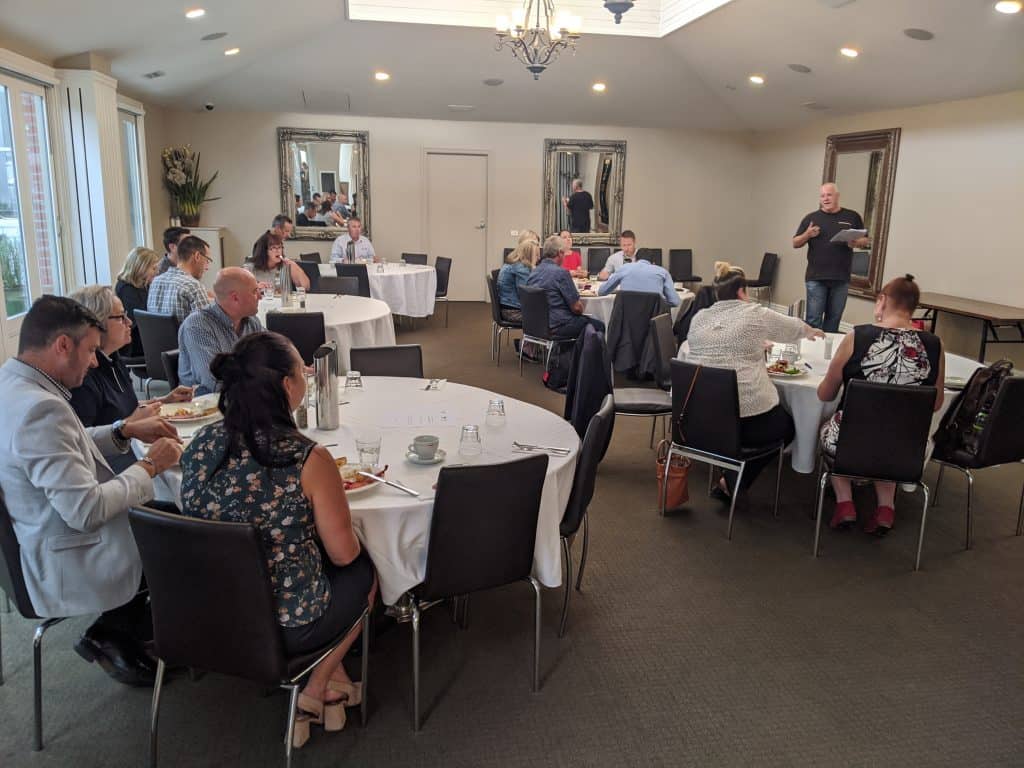
What would be more accurate and reflective of Michele O’Neil’s position is that workers have a human, health and safety, and workplace right to a workplace that is without the risk of sexual harassment. The ACTU President gets the message right in the official media release.
O’Neill urges the Morrison Government to take the final report into sexual harassment in Australian workplaces and its recommendations seriously and it should, but the signs are not good. The mainstream media coverage of the Workplace Sexual Harassment Inquiry’s report has been thin.
Continue reading “Final Sexual Harassment Inquiry report”



